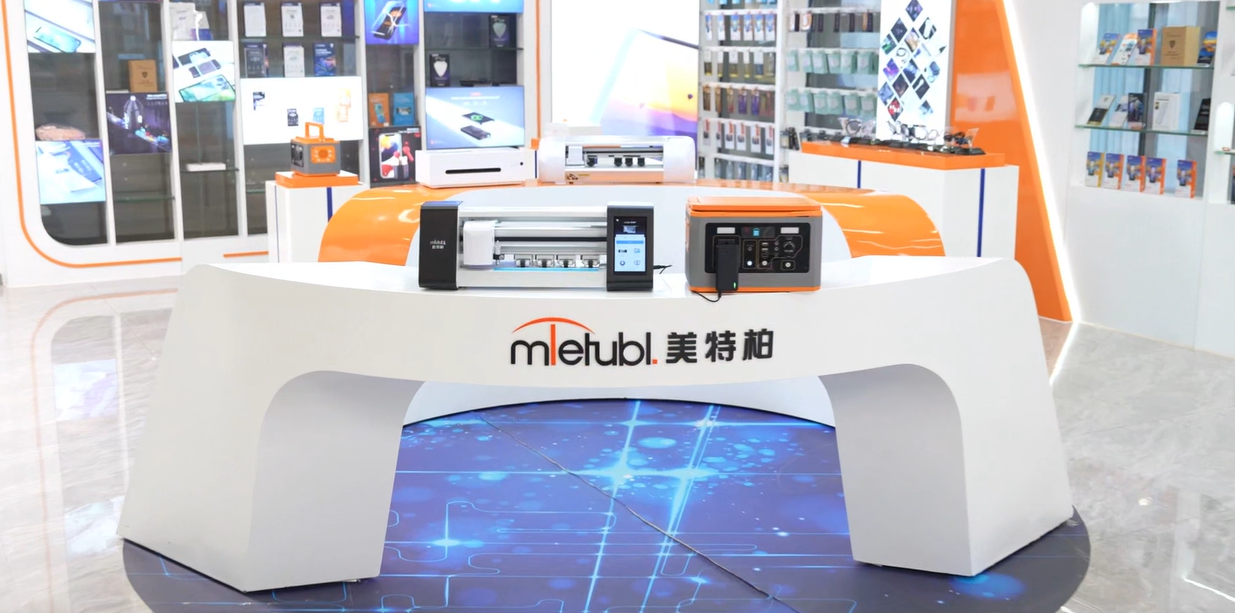
MIETUBL Brand Overview
MIETUBL is a brand originating from China and thriving through China’s intelligent manufacturing. It is committed to providing high-quality mobile accessories and related products to global consumers. Since its inception in 1998, the brand has followed the trends of the times, focusing on resource integration and building a symbiotic and shared industry ecosystem, enabling global consumers to conveniently access quality products that enhance their lives.
By continuously innovating and diversifying its product offerings, MIETUBL has achieved significant success in the mobile accessory industry. As a brand driven by customer value and innovation, MIETUBL has expanded into various product applications while accumulating rich industry experience and establishing a stable customer base. Headquartered in Zengcheng, Guangzhou, the company has strategically positioned itself within the mobile accessory industry, integrating high-quality production resources and aiming for a win-win business model.
Core Values and Development Vision:
-
Customer-Centric: MIETUBL always prioritizes customer needs, continually enhancing product quality and consumer experience through innovation and technological research and development.
-
Resource Integration and Industry Symbiosis: By integrating industry resources, MIETUBL creates a symbiotic, shared industry ecosystem, connecting global distributors and consumers, and promoting mutual growth across the value chain.
-
Global Vision: MIETUBL is committed to bringing Chinese manufacturing to the world, providing global consumers with high-quality, innovative mobile accessories, while offering profitable opportunities for distributors.
MIETUBL’s long-term vision is to continually enhance its products through innovation and quality, establishing “MIETUBL” as a globally trusted brand, recognized in markets around the world.
PRODUCTS
What Makes Tempered Glass So Incredibly Strong
The Magic of Thermal Stress
The foundation of tempered glass's exceptional strength lies in a process involving extreme temperature fluctuations. Ordinary glass sheets are heated to an extremely high temperature, often around 650°C (1202°F), until they become soft and malleable. This heating process relieves internal stresses within the glass, essentially creating a more uniform structure. However, the true magic begins when the glass is rapidly cooled, typically using powerful jets of air. This rapid cooling causes the outer surface of the glass to contract and solidify much faster than the inner core.
This rapid cooling creates a significant difference in the state of matter within the glass. The exterior is in a state of compression while the interior remains in a state of tension. This intricate balance of compressive and tensile forces is the key to tempered glass's superior strength. The outer compressed layers effectively act as a strong "skin," resisting external forces and preventing the propagation of cracks.
Compressive Stress: The Strength Factor
The compressive stress in the outer layers of tempered glass is the primary reason for its enhanced strength. When an external force, such as impact or bending, is applied to the tempered glass, it initially acts against this compressive stress. This compressive force must first be overcome before the glass can begin to crack or fracture. In contrast, ordinary annealed glass has no such inherent compressive strength; any external force directly affects the structural integrity of the material.
This difference in stress distribution leads to a dramatic increase in strength. Tempered glass is typically four to five times stronger than annealed glass, capable of withstanding significantly greater impact forces and bending stresses. This explains why it's favored in applications where durability and safety are paramount.
Fracture Pattern: Safety in Shattering
While tempered glass is significantly stronger than regular glass, it's not indestructible. When it finally does break, it fractures in a very specific and beneficial manner. Instead of shattering into sharp, jagged shards like annealed glass, tempered glass breaks into relatively small, cube-shaped fragments. These fragments are much less likely to cause serious injury, making tempered glass a safer alternative in a wide range of applications.
This distinctive fracture pattern is a direct consequence of the internal stresses created during the tempering process. The compressive stress in the outer layers inhibits the propagation of large cracks. Instead of allowing a single, large crack to spread across the entire surface, the internal tensile stress causes the glass to break into numerous smaller pieces, significantly reducing the risk of lacerations.
Applications: From Smartphones to Automobiles
The remarkable properties of tempered glass have made it a ubiquitous material in modern life. Its strength and safety features make it ideal for a wide variety of applications. From the screens of smartphones and tablets to the side and rear windows of automobiles, tempered glass offers superior protection against impact and damage.
Beyond consumer electronics and automobiles, tempered glass is used extensively in architectural applications, such as shower doors, tabletops, and even building facades. Its durability and safety profile make it a popular choice for situations where strength and safety are crucial considerations. The ubiquitous nature of tempered glass in everyday life highlights its importance and the ingenuity of the tempering process.
SUBSCRIBE
INQUIRY